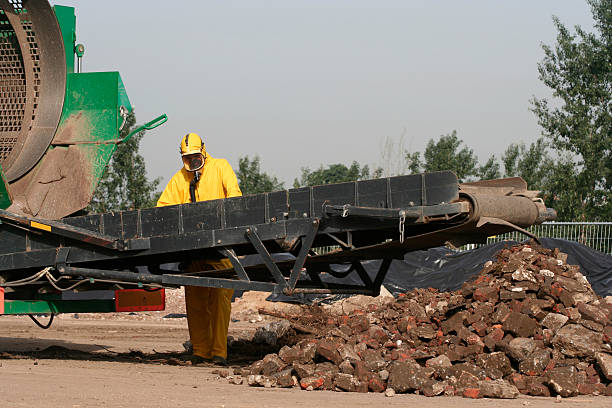In the realm of home safety, certain hidden dangers demand our attention, and chief among them is asbestos. Asbestos surveys have become an indispensable tool for homeowners seeking to unveil potential risks lurking beneath the surface. This article delves into the significance of asbestos surveys, shedding light on why they are crucial for safeguarding both property and well-being.
The Importance of Asbestos Surveys:
Identification of Asbestos Presence: Asbestos, once hailed for its fire-resistant properties, is now recognized as a hazardous material. Asbestos surveys are designed to identify the presence of asbestos-containing materials (ACMs) within a property, ranging from insulation to flooring materials.
Risk Mitigation: Exposure to airborne asbestos fibers poses severe health risks, including respiratory issues and mesothelioma. Asbestos surveys are instrumental in assessing the extent of asbestos within a property, allowing homeowners to implement targeted mitigation strategies and reduce potential health hazards.
Legal Compliance: Many regions mandate asbestos surveys before certain renovation or demolition activities. Complying with these regulations not only ensures legal adherence but also prioritizes the safety of workers and occupants during construction or renovation projects.
Property Value Preservation: Knowledge of asbestos presence or absence can impact property values. A property with a documented asbestos-free status may have a competitive edge in the real estate market, assuring buyers and tenants of a safe living environment.
Peace of Mind: Knowing the asbestos status of a property provides homeowners with peace of mind. Whether planning renovations or simply maintaining the home, this knowledge empowers individuals to make informed decisions about their living spaces.
The Asbestos Survey Process:
Professional Inspection: Trained asbestos surveyors conduct thorough inspections, identifying potential ACMs in various building materials.
Sample Collection: Samples of suspected materials are carefully collected and sent to accredited laboratories for analysis.
Analysis and Reporting: Laboratory results are analyzed, and a detailed report is generated, outlining the presence or absence of asbestos and providing recommendations for management or removal.
Risk Assessment: The survey report includes a risk assessment, which helps homeowners understand the potential dangers associated with any identified asbestos and the urgency of any required action.
Choosing a Qualified Asbestos Surveyor:
Selecting a qualified asbestos surveyor is crucial. Look for professionals with asbestos-specific certifications, experience in the field, and a commitment to following relevant regulations and guidelines.
Conclusion:
Beneath the surface of seemingly harmless building materials, asbestos may lurk, posing potential risks to both property and health. Asbestos surveys serve as a beacon of awareness, guiding homeowners through the process of identification, assessment, and mitigation. In the quest for a safe and resilient living space, investing in an asbestos survey is not just a precaution; it’s a proactive step towards ensuring the well-being of both homes and their inhabitants.

